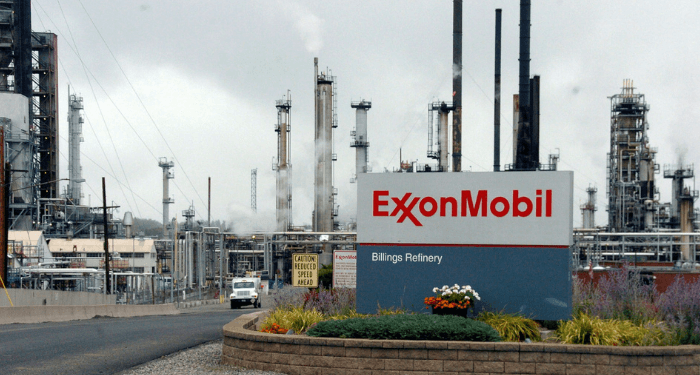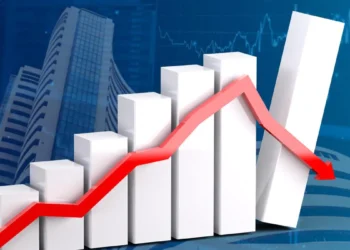Exxon Mobil Corp announced a third-quarter profit of $9.1 billion on Friday, marking a 54% decrease from its record earnings a year ago. Despite the drop, the company’s performance improved from the previous quarter, thanks to the recovery in oil prices and continued demand for gasoline and diesel. This news follows Wall Street’s reduction in its third-quarter earnings outlook, which came in response to weaker chemical profits and refining margins reported by Exxon.
Earnings at Exxon, the largest U.S. oil producer, have been driven by the resurgence in crude oil prices compared to the previous quarter. The latest quarter’s results also benefited from higher oil and fuel prices. Exxon’s third-quarter profit per share was $2.25, a significant decline from the $4.68 reported in the same quarter a year ago when oil and gas prices soared due to geopolitical events, including Russia’s invasion of Ukraine.
Exxon’s strong performance has led to two all-stock deals. The company recently entered into agreements to acquire shale rival Pioneer Natural Resources and carbon pipeline operator Denbury, with these deals materializing as Exxon’s shares traded near an all-time record high.
The third-quarter results received a boost from global oil prices, which averaged $85.92 per barrel, up from $77.73 in the second quarter, according to data from LSEG. However, the robust performance was dampened by Exxon’s chemical business, which saw a decrease in earnings due to higher raw materials costs. Chemical Products reported third-quarter earnings of $249 million, a significant drop from the $828 million in the second quarter.
Exxon’s cash reserves continued to grow, rising by 10% over the second quarter to reach $33 billion. Chief Financial Officer Kathryn Mikells expressed confidence in the company’s financial position, stating, “We feel really good about our cash balance. It puts us in a good position to ultimately ensure we have the flexibility we need when eventually the commodity cycle turns against us.”
Mikells also noted that the company maintains its 3.7 million barrels of oil equivalent per day (boepd) production target for 2023 and is on track to distribute $17.5 billion in buybacks this year.
Exxon successfully achieved its target to reduce costs by $9 billion by year-end compared to 2019, and it placed its full-year capital expenditures at the top end of its $23 billion to $25 billion guidance. The company has been strategically selling assets globally as it shifts its focus toward more lucrative projects in U.S. shale and South America, particularly in Guyana. Recently, Exxon put its Italy refinery up for sale and concluded the sale of a refinery in Thailand during the third quarter, receiving $900 million in proceeds, bringing its asset sales this year to $3.1 billion. Mikells indicated that there wouldn’t be an acceleration of asset sales following the Pioneer acquisition.
Exxon is set to more than double its Permian production to 1.3 million oil equivalent barrels per day (boepd) once the acquisition is finalized in the first half of next year. Higher production from Guyana and the Permian served as a partial offset to lower crude and natural gas realizations and divestments, compared to the previous year.
Excluding identified items, earnings have declined from $13.3 billion to $17.2 billion year to date. Exxon remains optimistic about its performance and is positioning itself for a future marked by resilience and strategic growth in the energy industry.










